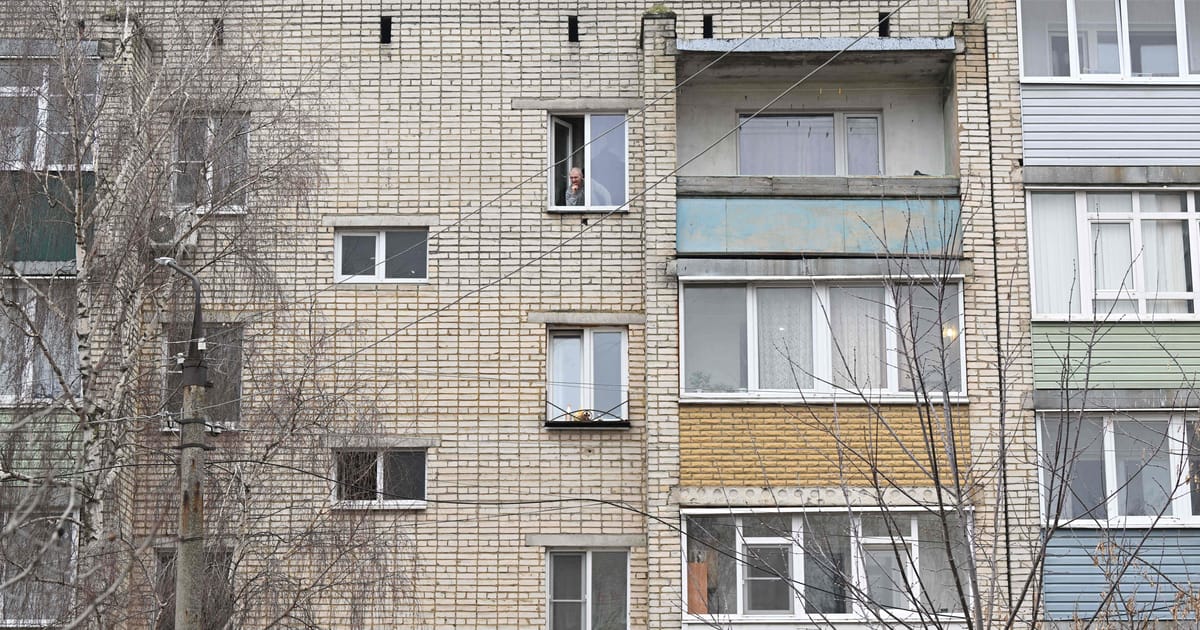Press play to listen to this article
Voiced by artificial intelligence.
This article is part of POLITICO’s Global Policy Lab: Living Cities, a collaborative journalism project exploring the future of cities. Sign up here.
There are plenty of reasons for major cities to go green: to adapt to climate change, to lower emissions, to tackle air pollution.
In Barcelona, urban planners are motivated by an additional factor: A pilot scheme to tame traffic and create more green spaces across three neighborhoods has been shown to improve residents’ mental health.
As part of the Superilla (Superblocks) project starting in 2013, the city created a cluster of greener, quieter streets in the small neighborhoods of Poblenou, Horta and Sant Anton that are largely closed to through traffic and where residents can play and socialize.
A survey of people living in the three repurposed areas found people reported better rest, increased socialization and less perceived noise and air pollution. They also indicated that the areas are quieter, more comfortable and safer, making it easier for them to interact with their neighbors.
Now, under an ambitious proposal known as Eixos Verds (Green Axis), the local government plans to extend the project across much of the city.
The goal is to create a network of quieter roads that make it easier and safer to travel on foot or by bike, and increase the number of greener public spaces where neighbors can interact with one another. Instead of bumper-to-bumper cars, streets will be lined with trees, play parks, cycle lanes, benches and community squares.
The plans tick a number of boxes: By creating cooler green spaces, which in turn hoovers up carbon dioxide, they’ll help the city adapt to climate change. By slashing traffic exhaust fumes and encouraging active mobility, they’ll improve air quality and residents’ overall health.
But at the heart of the transformation is also the goal of boosting residents’ mental health by cutting noise and air pollution, making them feel safer and better able to integrate with their neighbors, and lowering feelings of isolation.
It’s the science
A study by the Barcelona Institute for Global Health published in Environment International found that the Green Axis project, if fully implemented, would prevent 14 percent of self-perceived poor mental health and reduce visits to mental health specialists by 13 percent. It would also cut antidepressant use by 13 percent and sedative use by 8 percent each year.
“This study helps illustrate that greening is a relevant strategy to promote health, and in particular mental health, in urban settings,” study co-author Diana Vidal Yáñez, from Barcelona University, commented.
Those findings add to growing scientific evidence that access to nature helps prevent mental health disorders. Noise pollution from traffic has been linked to stress, sleeplessness, anxiety and depression, while bad air quality has been linked to mental health impacts such as dementia and strokes.

Research from the Netherlands has found that increased availability of green space within a municipality may contribute to lower levels of antidepressant prescriptions, while a study in China showed access to green or blue space, such as rivers, lakes and the sea, can protect the elderly from depression.
The World Health Organization recommends that people should have access to at least 500 square meters of green space within a five-minute walk of their home. But few European cities meet that target: On average 40 percent of Europe’s city dwellers enjoy access to green space; in Barcelona, it’s less than 20 percent.
As more cities start to pay attention to the problem, the rapid overhaul of Barcelona’s streets has been lauded by global city leaders.
The city’s achievements have “defined a global movement that’s been implemented around the world,” Janette Sadik-Khan, a former commissioner of the New York City Department of Transportation, told a meeting of city leaders in Barcelona last month.
“We can’t be content with the streets we were left with decades ago. And that’s why it’s so inspiring to see Barcelona move from temporary materials to permanent construction,” she said.
Keeping the peace
The city’s ambitious plans are not without their challenges.
The initial Superilla rollout was met with strong local opposition, with many worried that the changes would affect businesses and accelerate gentrification. They also claimed they weren’t properly consulted.
“It was very controversial,” said Catherine Pérez, head of health systems and information at Barcelona’s Public Health Agency. “There was a lot of fighting against it.”
Despite that early resistance, residents have since welcomed the drop in traffic noise and pollution and don’t want to return to the way things were before, according to Pérez. “There is less noise; it is more peaceful.”
Ariadna Miquel Amengual, director of urban planning in Barcelona and the architect of the proposals, pointed out that approval from residents increased after the city in 2015 refocused the project from tackling climate change to improving people’s health. “People understood that maybe a change was necessary,” she said, adding that the city also started consulting residents.
It’s still a live political issue. With mayoral elections coming up on May 28, candidates are jumping on the new Green Axis plans, which have divided the city.
Getting residents and businesses on board is likely to be key if Mayor Ada Colau, who governs as part of a left-wing coalition, is to win a third term.
Her political opponents mostly oppose the plans, claiming they’re expensive and damaging to the economy. Some want firmer evidence of the health benefits before any more money is spent. Others call for better public transport before removing access for cars.
Critics have also pointed out that housing prices have soared in the Superilla neighborhoods at a time when the city is already dealing with a housing squeeze. Residents in other neighborhoods also report that the measures have increased traffic and air pollution near them, as cars are forced out of the Superilla areas and into others.




